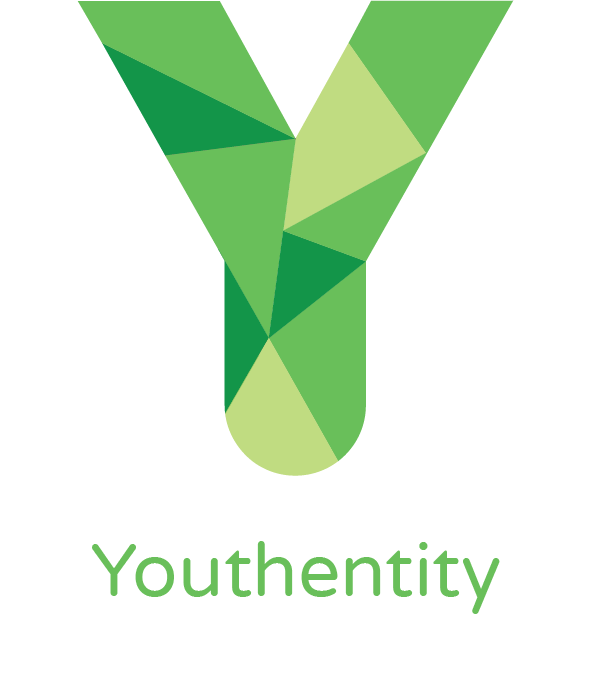Give More, Keep More – Enhancing your philanthropic experience
Are you charitably inclined and want to do it with moxie and momentum? How were you impacted by the tax law changes implemented in 2018? Would you like to be more proactive in keeping your taxes low and enhancing your charitable contributions?
Standard deductions have gone up – for individuals $12,000 and couples $24,000. If you are over 65, you each tack on an additional $1,300. Previously about 30% of American’s itemized their returns, and it is estimated that fewer than 10% will do so in 2018. Either way you go, you want to give wisely.
I encourage clients to create a “giving plan” that aligns your heart felt and intentional “why” you give with the optimal “how” to do so. There are a multitude of reasons why people give, but data from Charity Navigator notes that 12% of annual giving occurs in the last three days of the year – so tax benefits matter.
Now is the time to take a look at your 2018 tax return and consider some strategic planning for 2019. You need to start with analyzing whether you will be better off taking the new standard deduction, or with the changes that have been made to the schedule A, if you are still better off with itemizing on your return.
Is itemizing still best? You still have time to get as much of that medical work done as you can! Do you have portfolio gains in a taxable account? Consider “stacking”, or “chunking” your donations. There are two fantastic tools:
Donor Advised Fund
With the DAF, you take the deduction the year the contribution was made. If you itemize, the charitable cap has gone up as a percentage of AGI. Previously, it was capped at 50% of AGI with a carry forward. Now the cap has risen to 60% of AGI. Once your contribution is in the DAF, you decide when and to whom you want to the DAF to dispurse funds to. It could be done all at once, or over a period of years. This is one way for families to open up the discussion around giving.
Charitable Remainder Trust -
If you need income, this is a creative way to leverage your giving, receive a tax deduction and maintain cash flow for a period of time or a lifetime. The tax benefits and income are based on many factors, so discuss this option with your professional advisors.
Best suited for the standard deduction and have reached age 70 1/2? In this case you want to keep your AGI as low as possible in order to minimize the impact on your medicare premiums, sur taxes and provisional income that impacts the taxation of your social security. Consider this:
Qualified Charitable Deduction
This is a way to keep your Required Minimum Distribution off page 1 of your tax return. You ask your custodian to give your RMD directly to the qualified charitable organization of choice. It needs to come out of a personal IRA and can’t go into a DAF. This way the distribution is not taxed as ordinary income – keeping your AGI lower, keeping your Medicare premiums as low as possible, and maximizing the impact of the standard deduction.
None of these options should be viewed in a vacuum and should be considered in tandem with your other financial vehicles and the opportunities and concerns around lifestyle, longevity, liquidity and legacy issues.
Now is a great time to crunch some numbers and delve into the discussions that allow you to give generously and keep more in your pocket.
Danielle Howard is a CERTIFIED FINANCIAL PLANNER™, author, speaker and financial thought leader. Read her book - Your Financial Revolution. Visit her at Wealth By Design, or DanielleHowardcfp.
970-927-3909 23300 Two Rivers Road #34 Basalt, CO 81623.
Advisory Services offered through Cambridge Investment Research Advisors, Inc., A Registered Investment Advisor. Securities offered through Cambridge Investment Research, Inc., a Broker/Dealer, Member FINRA/SIPC. Cambridge and WBD are not affiliated. 970-927-3909 23300 Two Rivers Road #34 Basalt, CO 81623.
